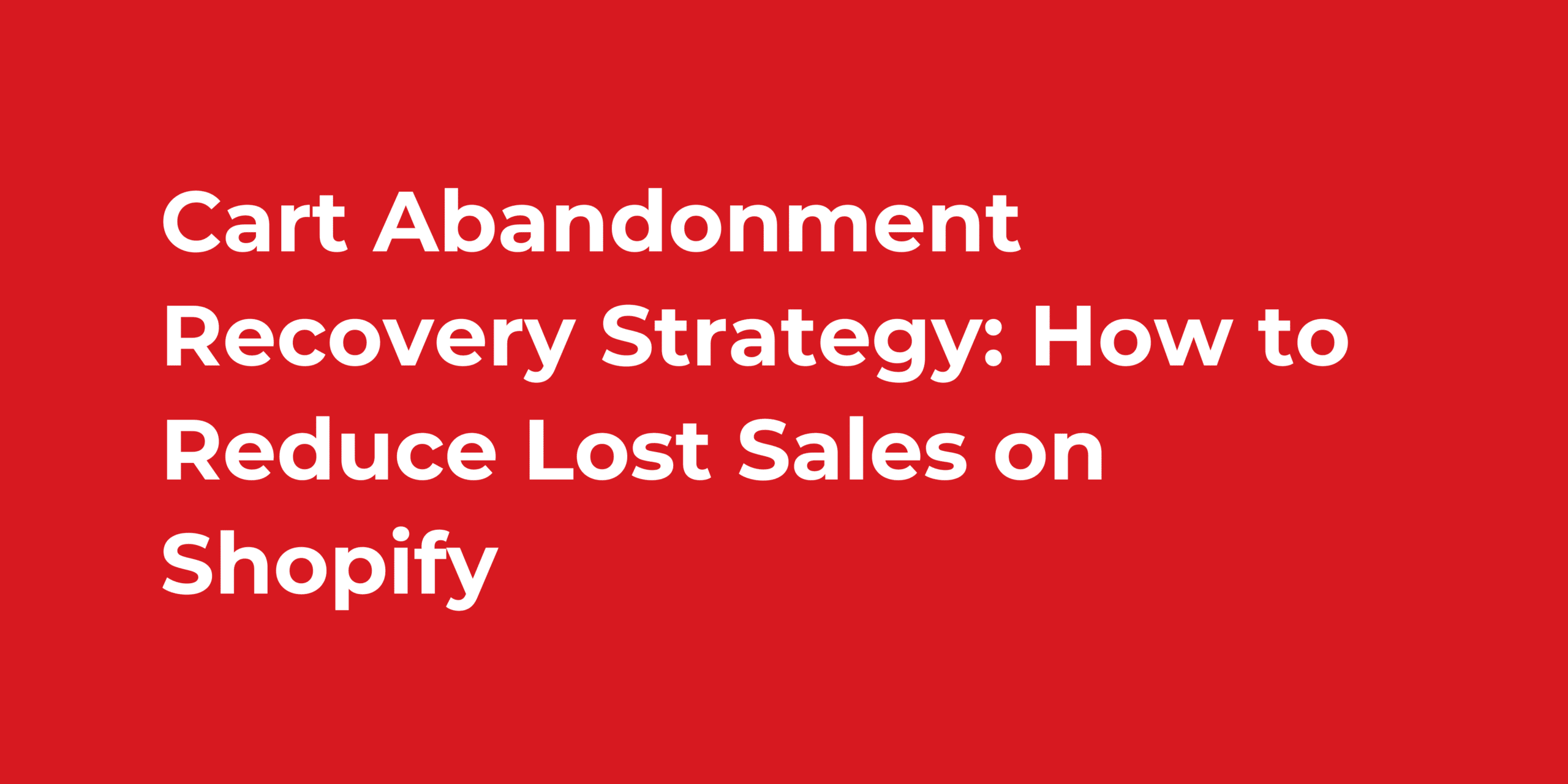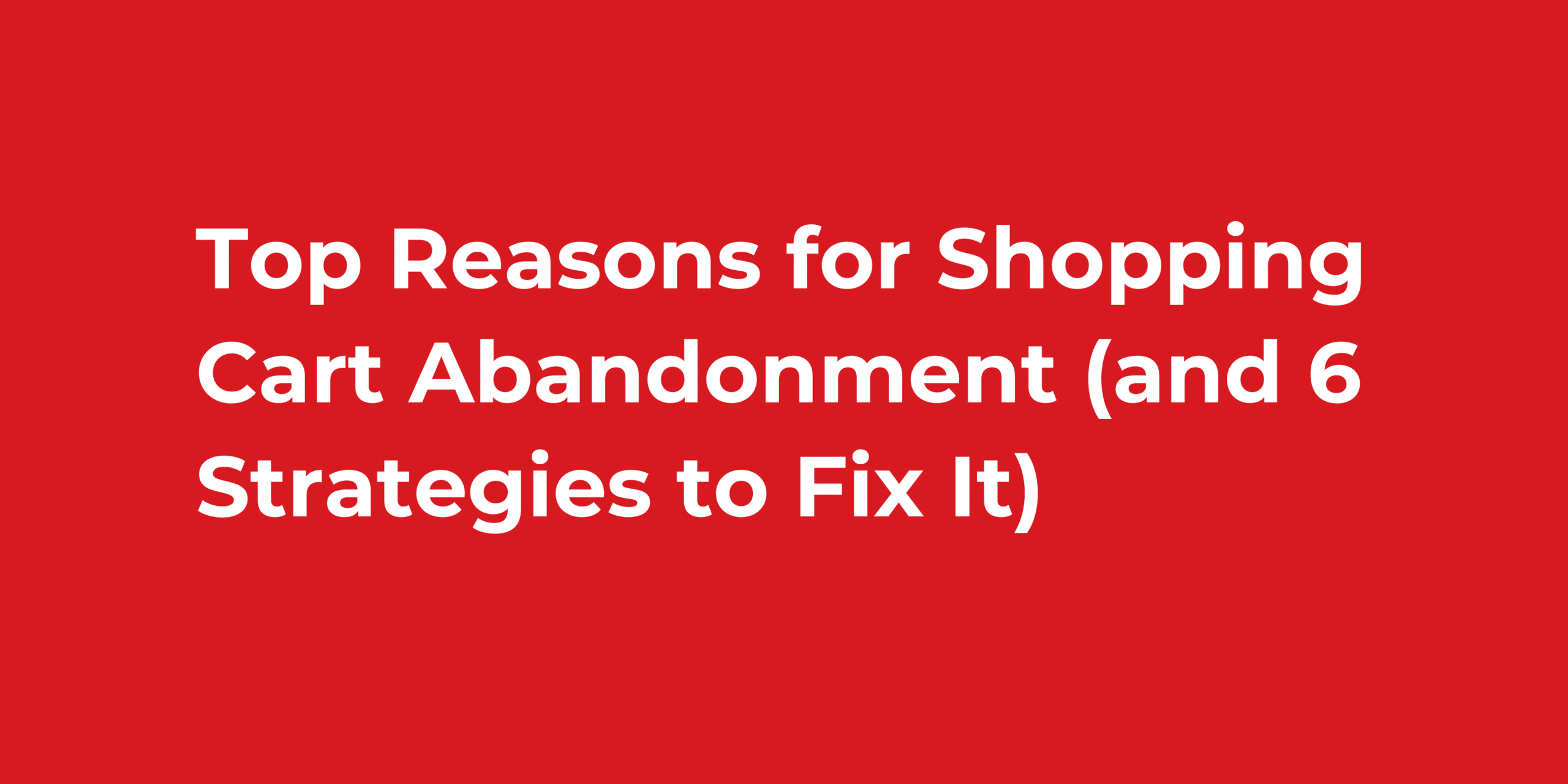In the modern digital era, one thing has changed how people shop: e-commerce. Whether shopping at the click of a mouse or tapping into a cellular device.
The IOT in E-commerce is another factor that brings a new level of connectivity to everyday life, linking devices, sensors, and systems to exchange data seamlessly. How e-commerce and IoT work together is a serious mystery.
In this e-commerce era, customer service is a success. With many choices, customers want companies that offer easy, quick, and personalized shopping experiences. That is where IoT comes into the scene to create networks of connected devices that help businesses offer smarter recommendations, better tracking, and faster service.
With IoT integration in e-commerce, the lines between the physical and digital worlds are blurred. Nowadays, the smart home device in your home can order the best product for you while companies are using sensors to track orders from warehouses to your home. IoT in e-commerce has dramatically transformed how businesses interact with customers and made online shopping more efficient and enjoyable.
Understanding the Internet of Things IoT in E-commerce
IoT stands for Internet of Things. It is like a network of physical devices, such as sensors, cameras, and appliances. Any device connected to the internet can collect, share, and analyze data without human intervention.
For instance, smartwatches track your fitness, and smart refrigerators track what is inside. This all helps in creating a connected customer experience. IoT devices use sensors that capture information, connectivity that lets them send data, and smart algorithms that make decisions or send alerts.
IoT has taken center stage in e-commerce by creating smart systems that enhance business operations and customer experience. For example:
- IoT-enabled online platforms monitor warehouse inventory so customers can see accurate stock availability.
- Smart devices, such as home assistants (Alexa or Google Home), enable customers to make voice-activated purchases, making a faster and more convenient buying process.
IoT creates a connected customer experience in which your and your company’s devices are all connected. The system communicates with the platform when one orders a product using a smart assistant. Subsequently, the e-commerce updates its warehouse to prepare for shipment of the ordered product. IoT ensures each step runs smoothly, from browsing to delivery, as all process parts are linked.
In this ecosystem, IoT does not merely connect devices; it connects experiences.

Benefits of IoT in E-commerce
Here are some benefits of IoT-enabled e-commerce platforms:
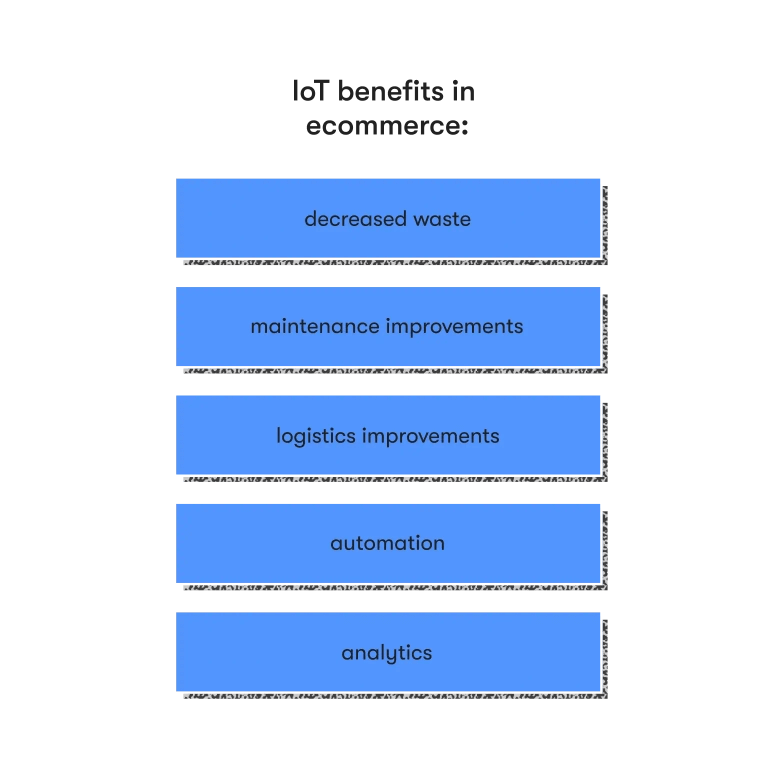
Improved Personalization
IoT in e-commerce makes the customer shopping experience more personalized by understanding customer preferences. The smart devices collect data, for instance, browsing or past purchases, and recommend products suitable to individual tastes.
For example, a fitness tracker might suggest sports equipment depending on your activity levels. Similarly, smart home assistants such as Alexa might advise you on items or let you reorder them with just a voice command. Shopping is made faster, easier, and more enjoyable in this way. This is how IoT can help in creating a personalized shopping experience.
Real-Time Inventory Management
IoT helps businesses manage their stock efficiently by providing real-time updates. Sensors in warehouses monitor their inventory levels and notify businesses when stock runs low. This prevents stockouts and ensures customers always find what they need. For shoppers, it means correct information about product availability and timely updates on restocked items.
Speedier Delivery and Logistics
IoT enhances speed and accuracy in deliveries: GPS for tracking and real-time data will enable businesses to plan the fastest possible delivery route. IoT-enabled e-commerce platforms use automated vehicles, which can be increasingly used for far delivery, ensuring that orders are delivered to customers quickly and safely. This makes e-commerce more reliable and convenient for shoppers.
Enhanced Customer Service
IoT enables smart devices to deliver faster and smarter customer services. For example, chatbots can immediately answer queries, whereas smart devices can diagnose problems or give customers customized support. This is the best way to have a personalized shopping experience. This speedy and efficient service makes customers more likely to shop again.
Energy Efficiency in Operations
IoT devices will assist companies in controlling their energy consumption by knowing exactly how much power is being used inside each warehouse and store. For instance, sensors can automatically turn off lights or machines when unnecessary. This aspect saves energy, reduces the bills, and makes the business more environmentally friendly.
Improved Product Quality Control
IoT sensors keep track of storage conditions such as temperature and humidity. Food or medicines require particular conditions to stay fresh and safe. Using these sensors assures companies, from storage to delivery, of the quality of their products.
Faster Customer Feedback Loops
Smart devices connected to IoT enable customers to share their opinions with the world in real-time. For instance, a connected device may alert the company of an issue related to that product or directly receive customer reviews. This timely opinion-sharing process helps businesses improve their products and maintain customer satisfaction.
Dynamic Payment Solutions
IoT makes payments easier and safer. Smartwatches or home assistants turn normal things into devices that take full advantage of contactless payments. Thus, customers don’t need to pull out a card or cash. This smooth and secure process makes shopping quicker and more convenient.
Hyperlocal Targeting and Marketing
IoT devices collect location data, allowing businesses to send offers and discounts based on customers’ location. For example, someone near a store might get a notification about a special deal. This personalized marketing helps attract more customers.
Reduced Cart Abandonment
The other thing that IoT does is remind customers to complete their purchases. If a person forgets items in their cart, a smart device or app gently reminds them. This way, businesses make fewer unfinished sales and increase sales.
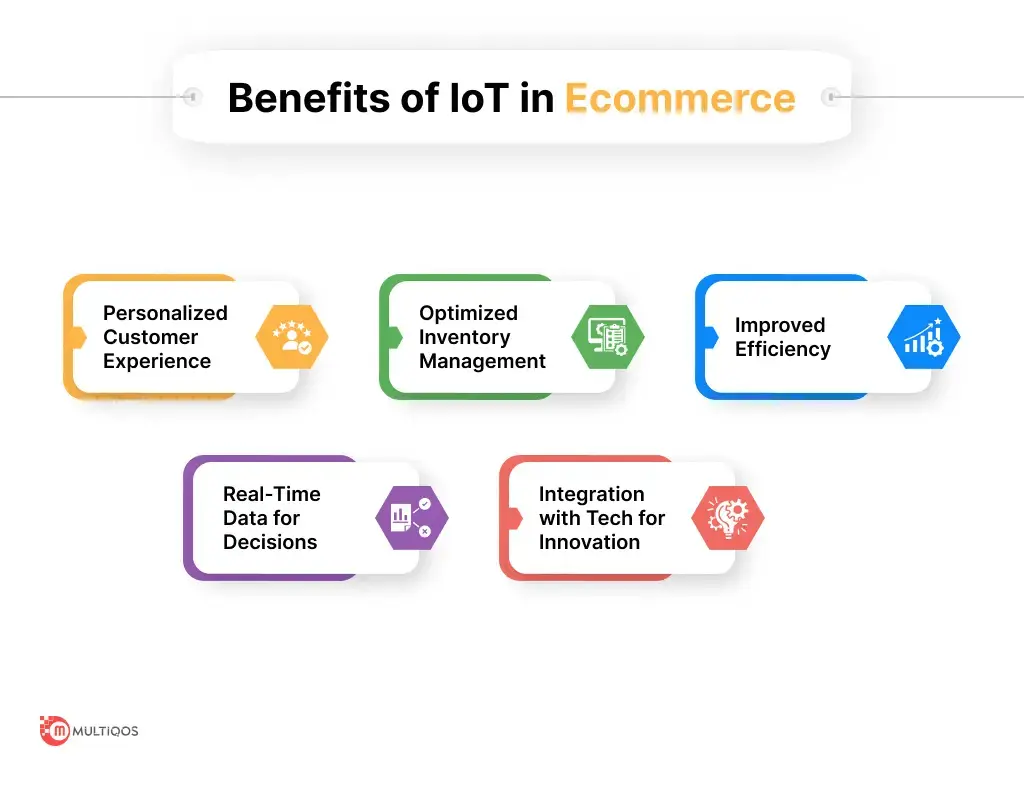
IoT in E-commerce Revolutionizing Customer Experience
Here’s how the Internet of Things IoT in e-commerce is helping to revolutionize customer experience.
Smart Homes and Automated Shopping
Some smart home devices like Alexa and Google Home allow voice-ordering. You can tell them to purchase groceries or household items, and they’ll take care of it for you. This is an example of a connected customer experience. IoT sensors also enable automatic restocking of groceries, like Amazon Dash buttons that automatically reorder essentials when supplies run low.
Augmented Reality (AR) and Virtual Reality (VR)
IoT enables AR and VR features in e-commerce. For example, AR allows customers to try on clothes virtually or see how furniture looks in their homes before buying. VR creates immersive experiences, letting customers virtually explore stores or test products.
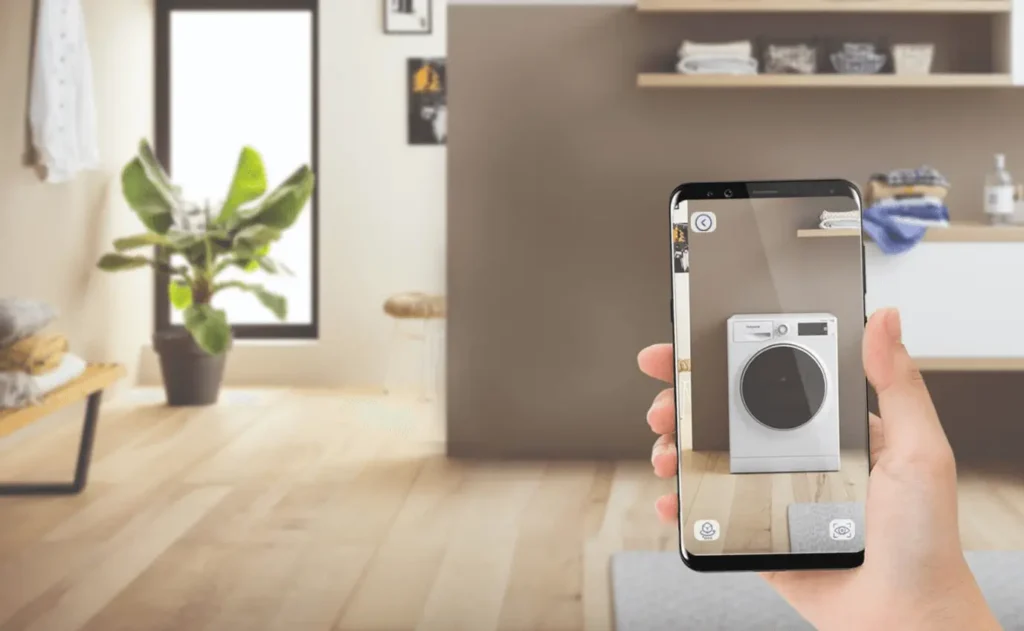
Predictive Analytics and Proactive Engagement
IoT devices collect and analyze all the customer data, and through this, they can predict trends and behavior. This is how IoT-enabled e-commerce platforms have an edge over other platforms. For example, they may know when you need a new product, and then they may send you proactive offers or notifications, in this way, engaging customers with the right products at the right time.
Omnichannel Integration
IoT connects the different shopping channels, which creates a connected customer experience. For instance, you can begin shopping on a mobile application and pick it up wherever you left it on the desktop while completing the purchase in the retail store. This IoT ensures all those platforms work together to the point where everything is enjoyable.
Future Trends of IoT in E-commerce
From the above discussion, we can expect a very great and bright future for IoT in e-commerce:
Integration with AI and Machine Learning
IoT combined with artificial intelligence (AI) and machine learning enables e-commerce to become smarter. These technologies can analyze data from IoT devices to provide better insights and automate tasks like personalized shopping experiences or restocking inventory. This helps businesses work more efficiently and gives customers an improved shopping experience.
IoT and Blockchain Technology
IoT and blockchain are used together to enable a secure and transparent transaction. Blockchain secures data shared among devices by ensuring it is tamper-proof. This is an example of a connected customer experience.
Voice Commerce Growth
Online shopping is now accessible with the help of voice assistants like Alexa and Google Home. Consumers simply need to command their devices to order products verbally. The trend has been growing fast, ensuring faster and more convenient personalized shopping experiences, especially for routine purchases.
Sustainable Internet of Things Innovations
IoT is also driving companies’ sustainable attention. For instance, smart packaging decreases waste. These innovations drive environmentally friendly practices while cutting costs.

Case studies: Successful adoption of IoT in E-commerce
Here are case studies of the best IoT-enabled e-commerce platforms to inspire your e-commerce success journey.
Amazon Go
IoT Sensors at Amazon Go stores facilitate grocery shopping without cash. Customers pick what they need, and sensors track all the products they pick and automatically charge their accounts when they leave.
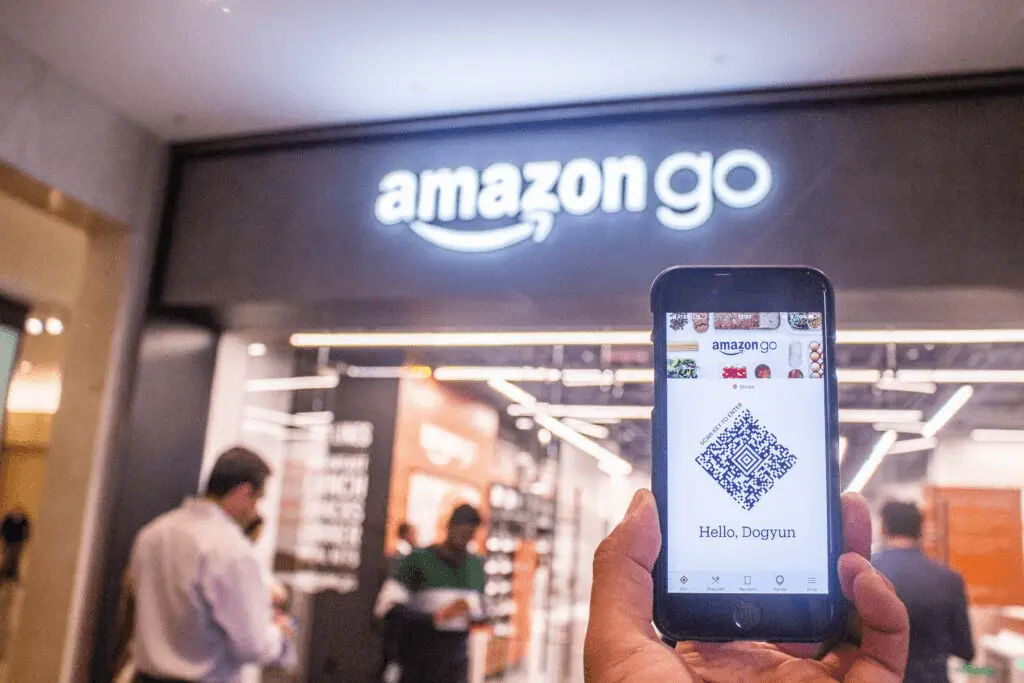
Walmart
IoT enables Walmart to track the location of its products in real-time. This allows it to optimize routes for delivery. Therefore, it ensures that products are always delivered within the fastest possible time. Walmart is one of the best IoT-enabled e-commerce platforms.
Zara
Zara has combined smart fitting rooms with IoT technology. These fitting rooms suggest items and sizes, making shopping more convenient and personalized.
Smart Stores of Alibaba
Alibaba uses IoT and augmented reality (AR) in their smart stores. Customers can try products virtually with a personalized shopping experience where online and offline shopping blend.
Conclusion
IoT is innovating online customer shopping. It fills the gap between the physical and digital worlds to ensure seamless and connected experiences. As such, IoT in e-commerce offers many advantages, such as personalized recommendations, speedy delivery, and improved customer care. And despite problems like data privacy, costs, and technical issues, the problems can be removed with relevant strategies and investment.
Its future includes AI-powered smarter automation, sustainable shopping solutions, and wearable commerce. IoT-enabled e-commerce platforms would improve customer satisfaction and achieve a competitive advantage in the fast-changing e-commerce landscape.
Now is the time for e-commerce companies to invest in IoT technologies, changing their modes of operation and customer experience through innovative, efficient, and engaging shopping experiences.
Subscribe to our weekly newsletter to get crispy CRO tips and marketing strategies that win millions of qualified leads with minimal marketing spend.
FAQs
-
What is IoT?
IoT stands for Internet of Things. It is like a network of physical devices, such as sensors, cameras, and appliances. Any device connected to the internet can collect, share, and analyze data without human intervention. For instance, smartwatches track your fitness, and smart refrigerators track what is inside.
-
Is Amazon using IoT?
IoT Sensors at Amazon Go stores facilitate grocery shopping without cash. Customers pick what they need, and sensors track all picked products and automatically charge their accounts when they leave.
-
How does IoT work?
IoT-enabled online platforms monitor warehouse inventory so customers can see accurate stock availability. Smart devices, such as home assistants (Alexa or Google Home), enable customers to make voice-activated purchases, making a faster and more convenient buying process.
-
Where is IoT used in daily life?
For example, a fitness tracker might suggest sports equipment depending on your activity levels. Similarly, smart home assistants such as Alexa might advise you on items or let you reorder them with just a voice command. Shopping is made faster, easier, and more enjoyable in this way. This is how IoT can help in creating a personalized shopping experience.
-
What are the benefits of IoT?
The other thing that IoT does is remind customers to complete their purchases. If a person forgets items in their cart, a smart device or app gently reminds them. This way, businesses make fewer unfinished sales and increase sales.

